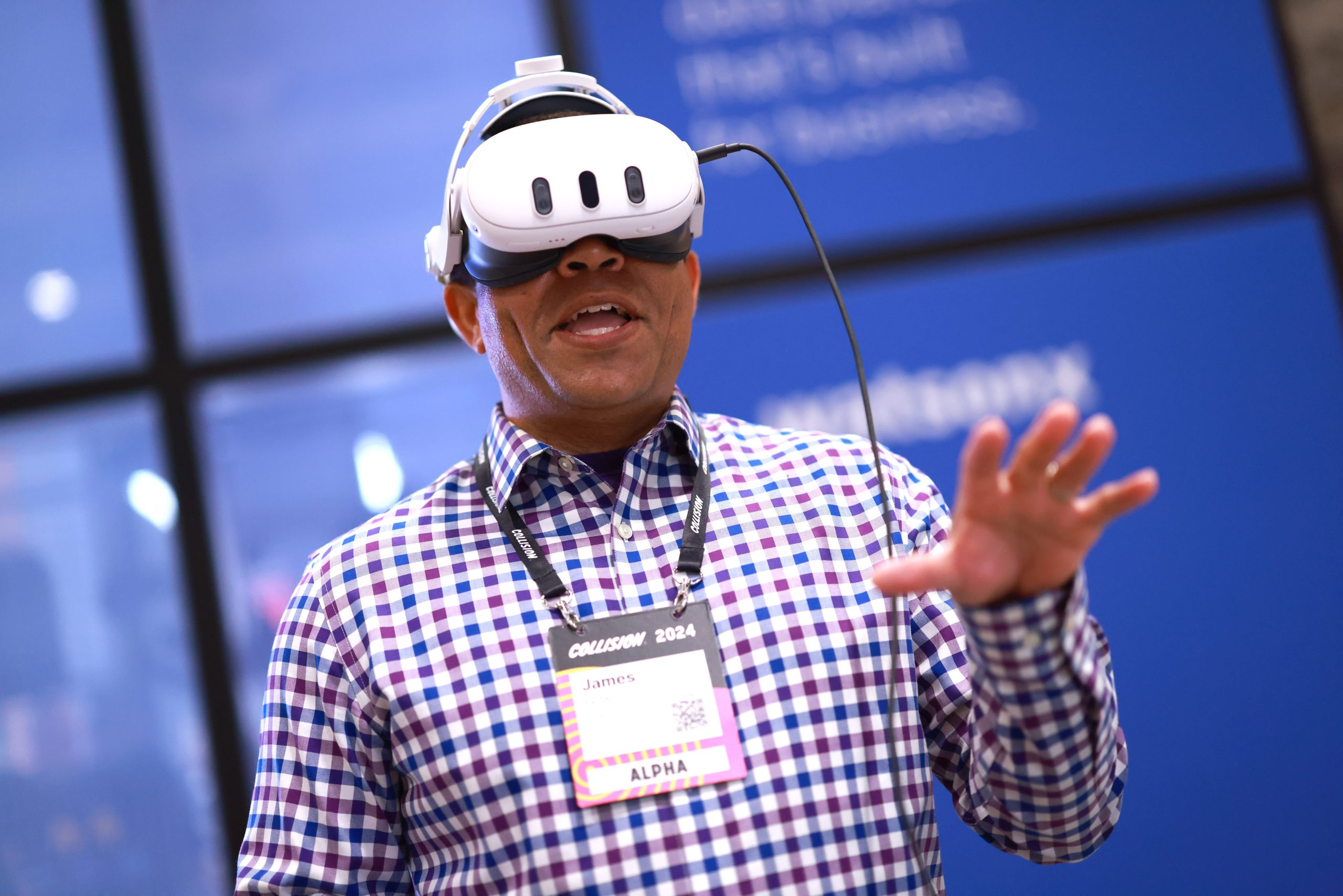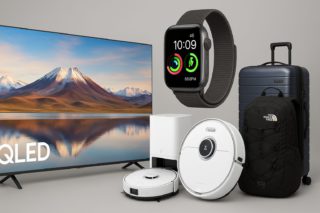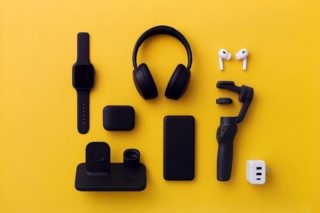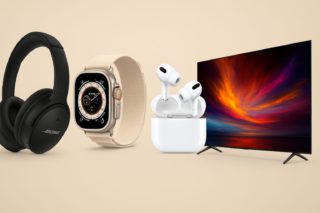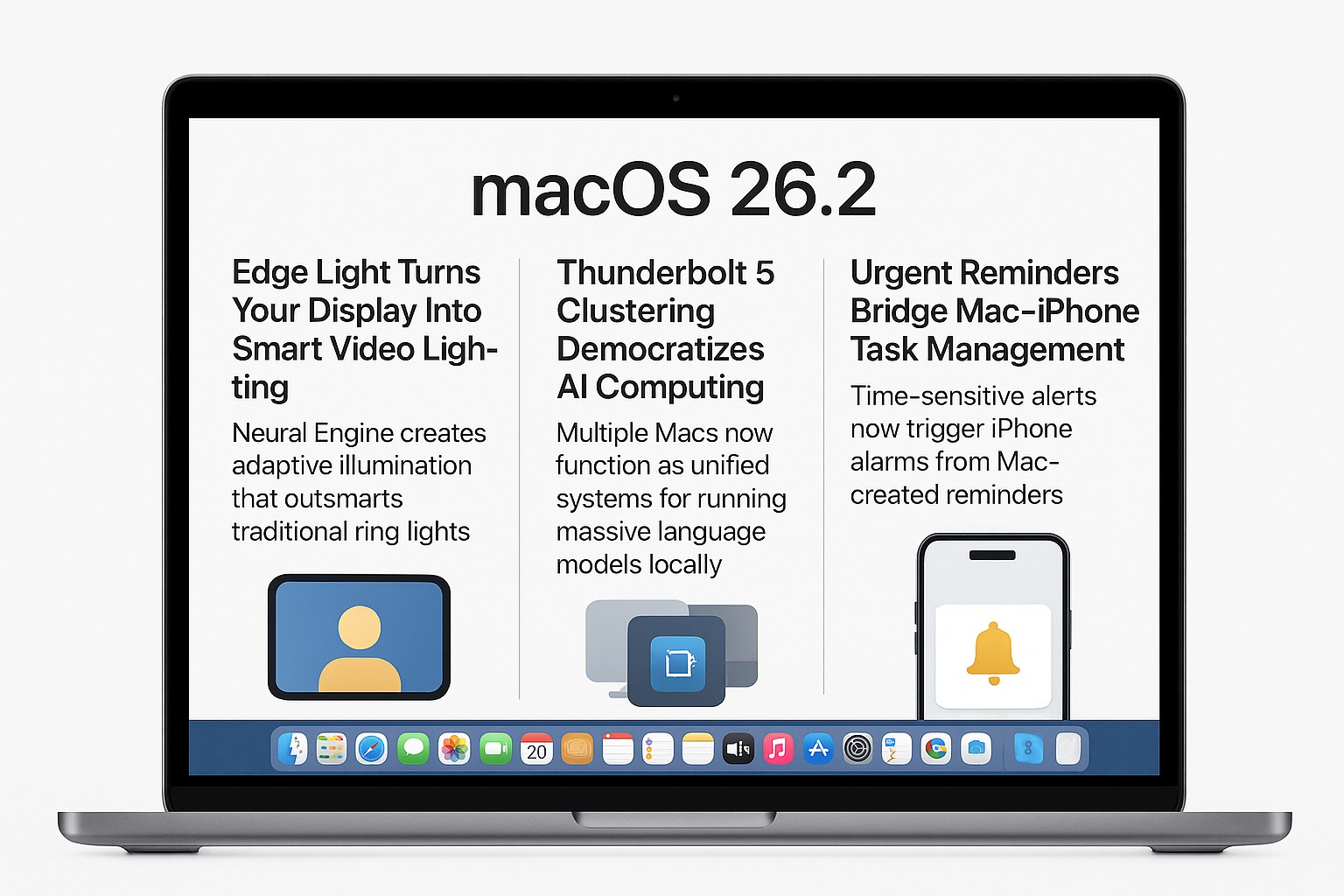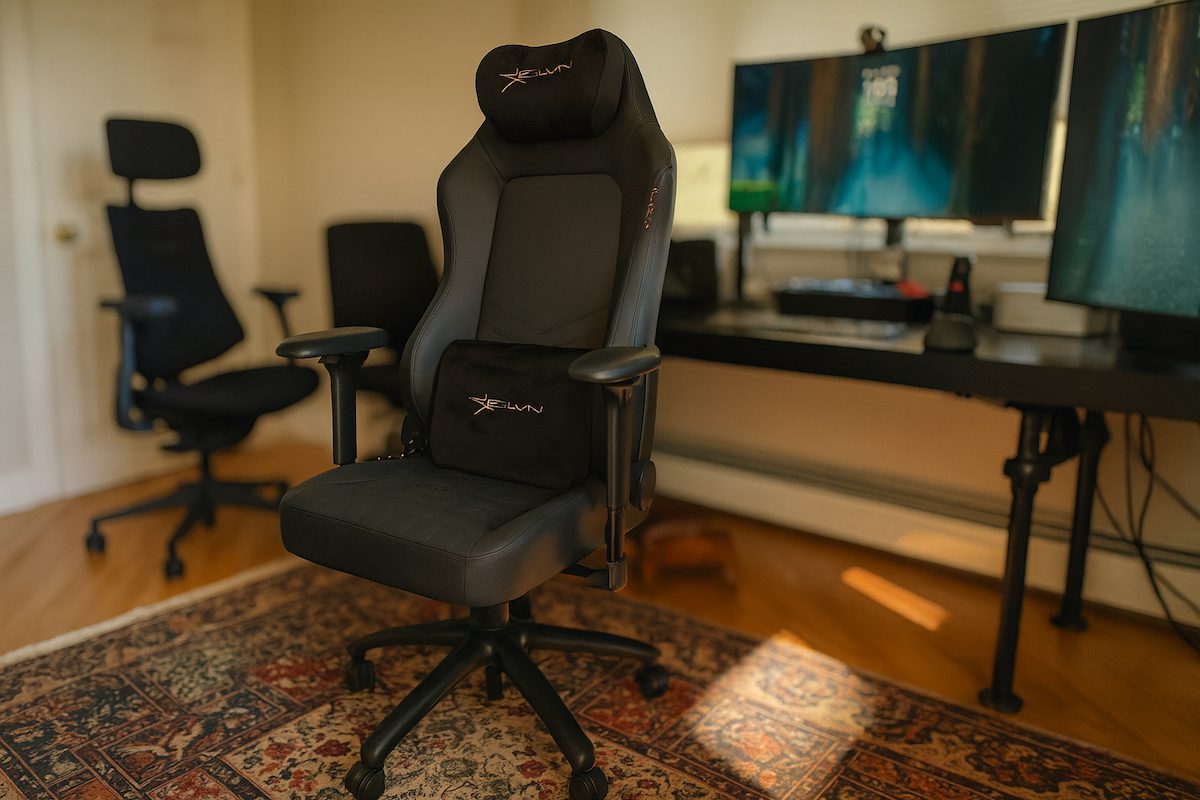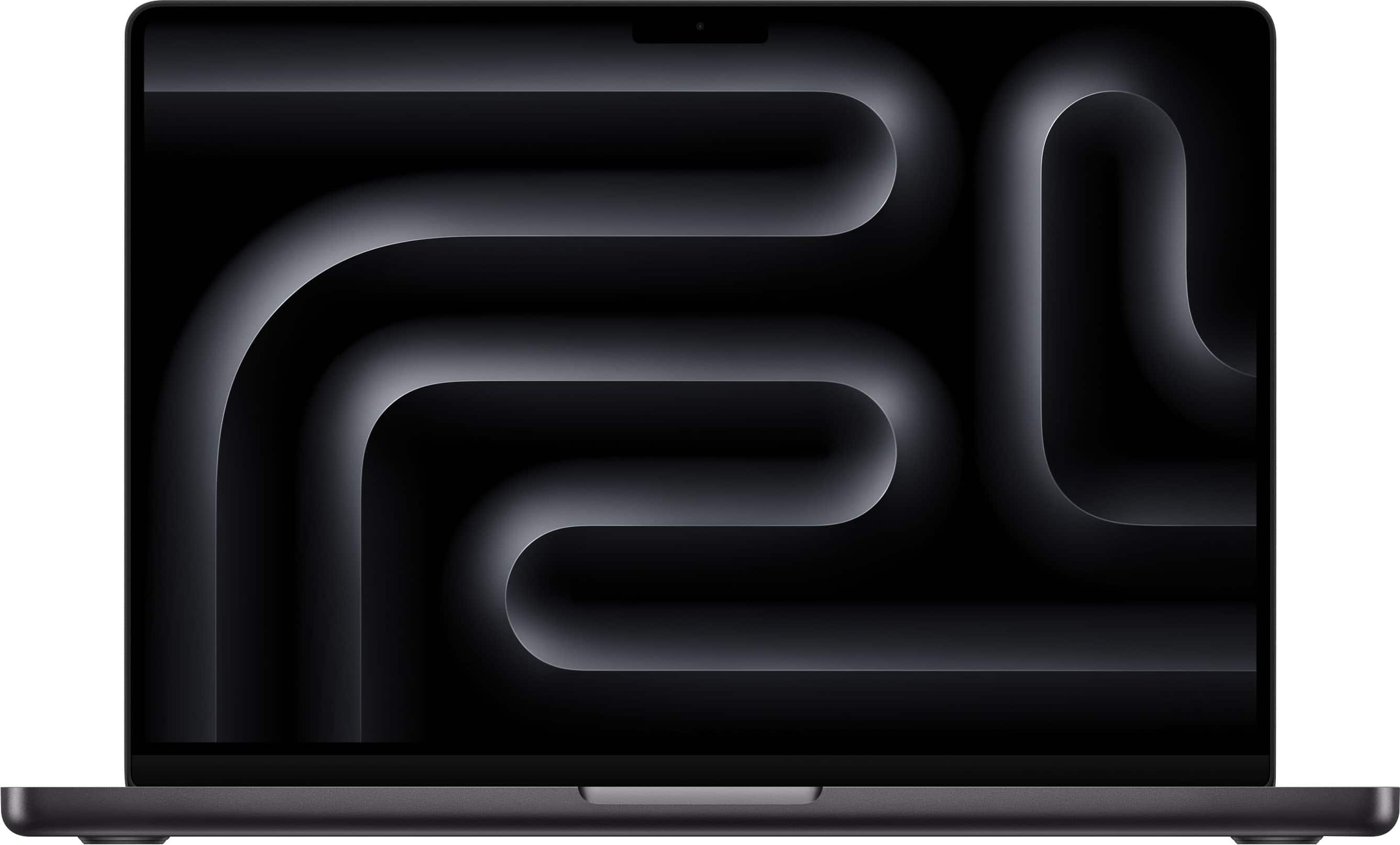Half of VR users report symptoms after just 30 minutes of use. Marketing promises transport you to other worlds, but your eyes pay the price in this one. Between 50-70% of VR users experience headaches, blurred vision, and eye fatigue—symptoms that hit harder than staring at your phone for hours. The culprit isn’t weak hardware; it’s fundamental physics.
Your eyes focus on screens just 5-7 centimeters away while processing images that appear at various simulated distances, creating what researchers call “vergence-accommodation conflict.” Think of it as CrossFit for your ciliary muscles, except nobody asked them to train this hard.
Studies using eye-tracking confirm what users suspected: visual fatigue spikes significantly after 30 minutes of VR gaming, with measurably altered blink patterns and increased discomfort. The good news? Current evidence suggests no permanent damage to healthy eyes. The bad news? That headache isn’t going away until you take the headset off.
The Hidden Costs Add Up Like Microtransactions
Prescription lenses and accessories turn $400 headsets into $800+ investments.
Your Meta Quest’s sticker price is just the opening bid. Wear glasses? That’s $80-120 for prescription lens adapters—assuming they’re even compatible with your frames. The standard face gasket will fog up and wear out, demanding $30-50 replacements.
Anti-fog treatments, cleaning kits, and comfort mods each cost $15-50, turning essential maintenance into recurring expenses. Hardware upgrade cycles mirror gaming consoles, except VR moves faster. Your Quest 2 already feels ancient compared to the Quest 3, and staying current means buying new systems every 2-4 years.
Factor in all those “small” accessory costs, and total ownership rivals premium gaming setups—without the decade-long hardware lifespan consoles offer.
Your Eyeballs Are the Product
Eye-tracking sensors collect biometric data that manufacturers can monetize.
Modern VR headsets like the Quest Pro and PlayStation VR2 don’t just track where you look—they monitor how long you stare, pupil dilation, and gaze intensity. This biometric goldmine gets aggregated, analyzed, and potentially shared with partners for targeted advertising, according to manufacturer privacy policies.
Most users remain unaware that their virtual adventures generate real-world surveillance data. While you’re slaying dragons or attending virtual meetings, sensors document your attention patterns with medical-grade precision. It’s like having a focus group researcher permanently strapped to your face, except you paid them for the privilege.


